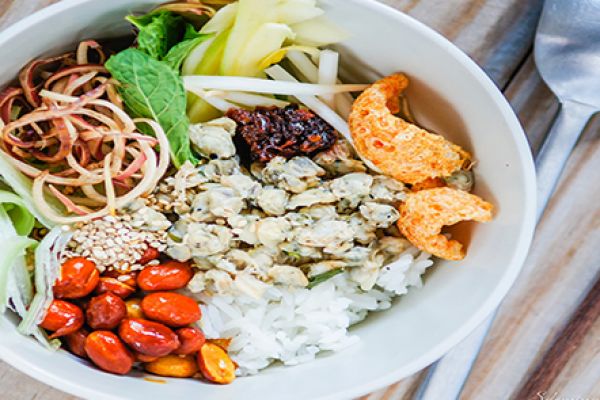

If you are going to Hue City, don’t miss the imperial citadel, the tombs, the Thien Mu Pagoda and of course, the clam rice, a mouthwatering delicacy that began as a humble breakfast dish for the poor centuries ago.
The dish took shape at a time when most residents of Viet Nam’s former imperial capital could not afford regular morning meals. Most families would simply cook up leftovers and whatever else they could get their hands on. That always meant the rice left over from the previous night’s dinner was a key ingredient. Traditionally, more rice is cooked than needed so people can sleep on a full stomach after a hard day, or in case a guest arrives unexpectedly at dinner time.
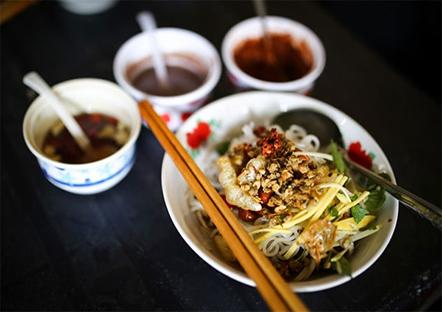
Yin-yang harmony: Some prefer noodles instead of rice
Tired of eating leftover rice with fish sauce mixed with red chili powder, local residents started collecting clams from the Huong River and boiling and adding them to the rice. The clams dramatically improved the quality of their breakfast – it had a lovely flavor, it improved the nutritional value because of the protein in the clams, and the hot liquid from boiling clams softened the hard, dry leftover rice, making it easier to eat.
People did not stop there, though. Soon they started adding vegetables and herbs that they grew in their gardens, which included thin slices of taro plants – a plant pig breeders grew to feed the animals - or banana plantain and a type of mint leaves. Locals believed that for food to be healthy, its yin (cold) and yang (hot) elements must be in harmony, so all ingredients were chosen accordingly. Thus, taro plant gave the dish the yang element to neutralize the strong yin from the clams.
Soon, clam rice - made with leftover rice, clams, thin slices of taro or banana plantain, mint, Hue shrimp paste, salt and chili powder - became a popular breakfast dish among residents of old Hue. The popularity of the dish drew the attention of chefs serving the Nguyen Dynasty (1802-1945), who introduced it in the royal cuisine with the addition of pork crunches and steamed peanuts.
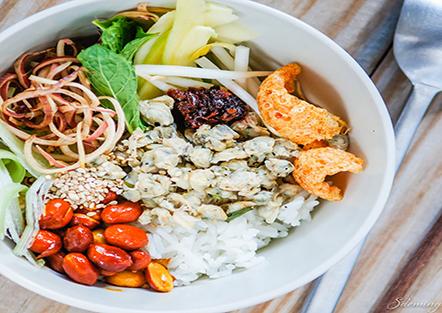
Some documents claim the royal clam rice also incorporated some expensive ingredients that are no longer available today, making it a dish fit for the kings. But with these additions, the documents said, the clam rice made in the royal kitchens lost the original flavors and smells of the layperson’s clam rice, which actually tastes better. Leftover rice, for instance, is an irreplaceable item as hot, newly cooked rice further swells when mixed with hot clam stock and ruins the taste. On the other hand, rice cooked the previous night does not dissolve in the clam stock. Similarly, pork crunches fried in pig fat – cooking oils were not popular then and refined peanut oil was unaffordable – and left for a while absorb more pig fat and taste better.
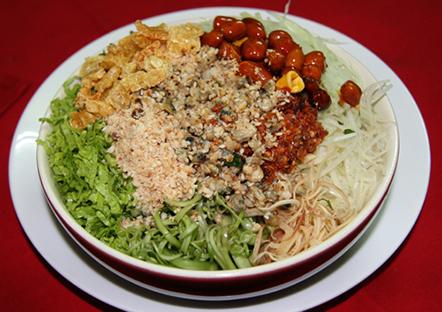
As time passed, improved living standards and the influence of the royal kitchens made steamed peanuts and pork crunches key ingredients in the basic clam rice.
Today, Hue clam rice is served all day in street food stalls across the city, especially on Nguyen Cong Tru and Truong Dinh streets, and in Con Hen, an islet on Huong River where the best clams in the city are served. The dish is also found on the menus of specialty restaurants and in almost all hotel kitchens.
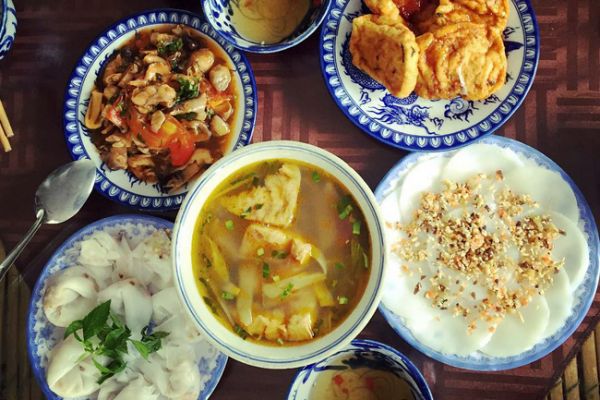
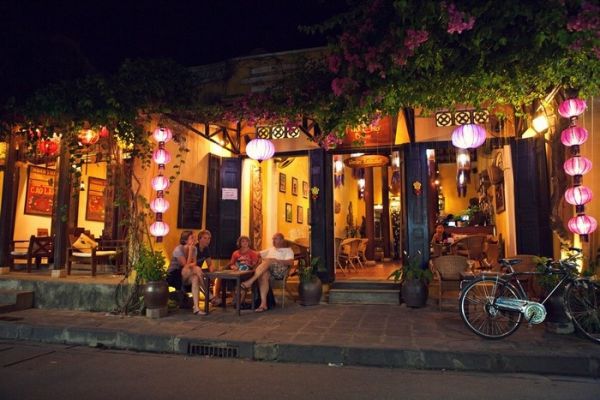
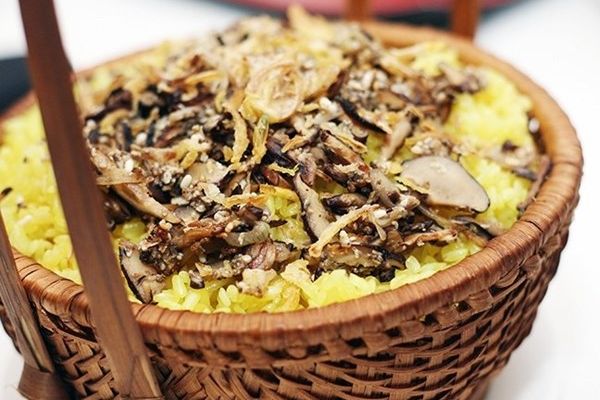
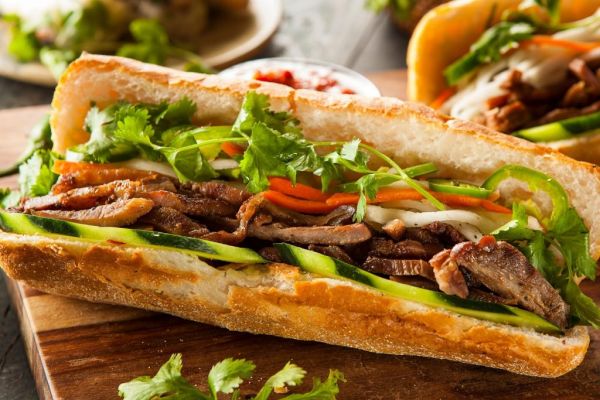
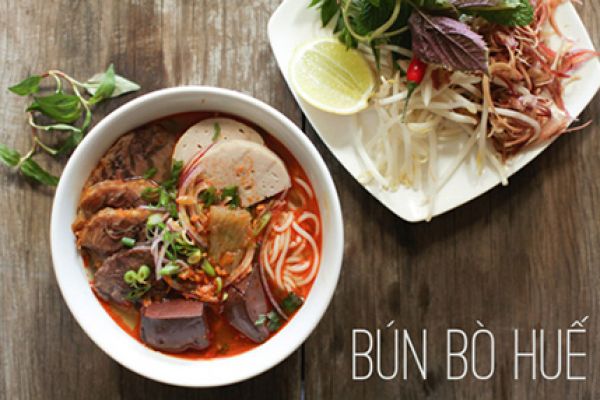

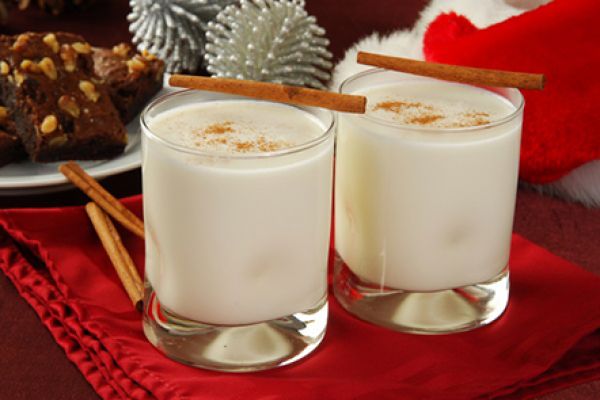
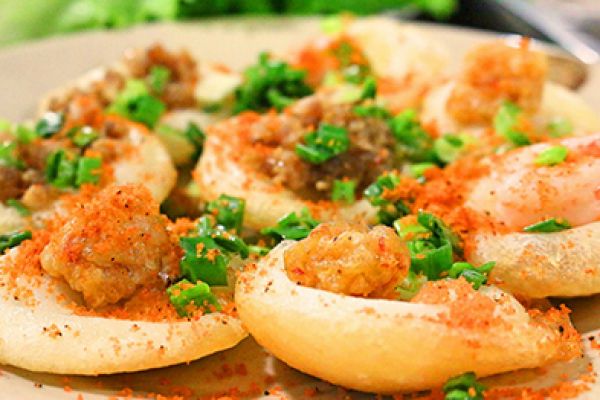
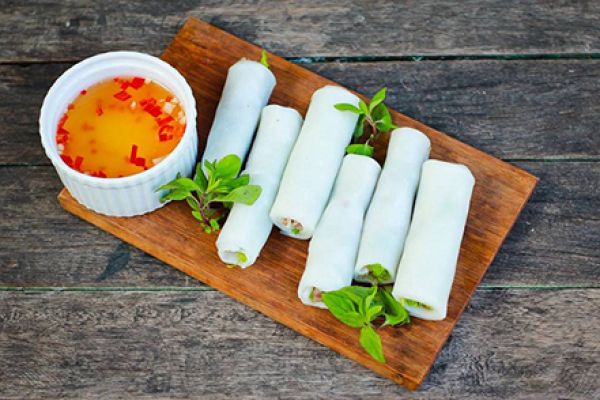
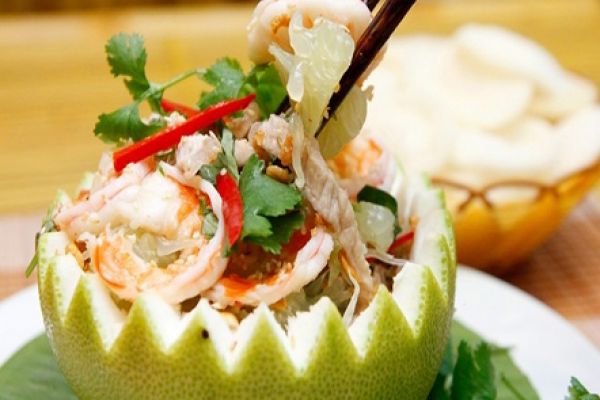
(84-63) 3 826042 – (84-63) 3 511142
No 54 Nguyen Dinh Chieu, Ham Tien Central Mui Ne Beach Binh Thuan Vietnam
523 To Hien Thanh District 10 Ho Chi Minh City Vietnam
Ha Long Halong City Quang Ninh Vietnam
A13 Hung Thong 2 Halong City Quang Ninh Vietnam




